Just months after I defected to Nikon, Canon's new EOS R5 Mark II is giving me serious FOMO
New AI features arguably make it the best Canon camera yet
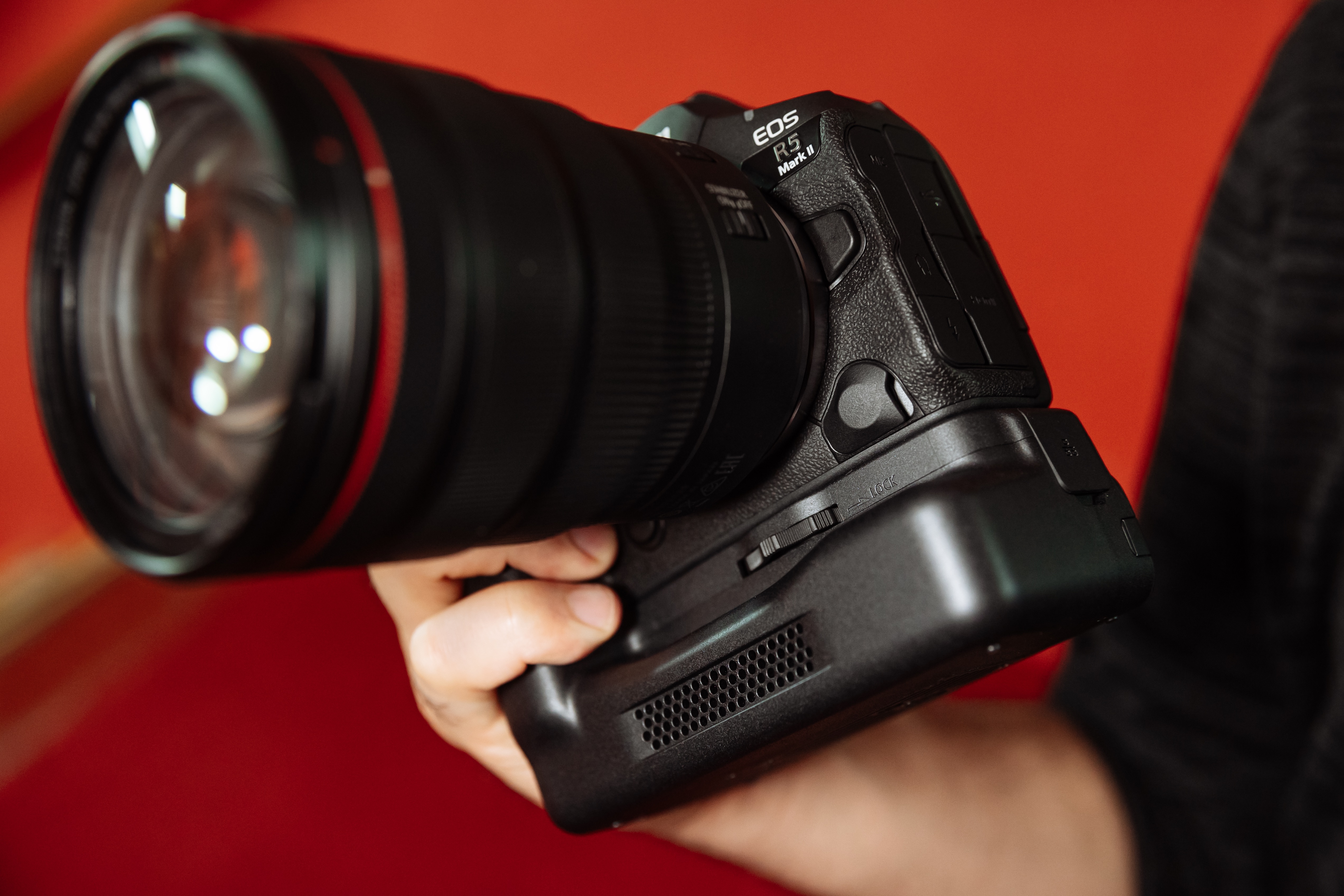
Until March this year, I was still using an aging Canon EOS 6D Mark II DSLR as my daily shooter. I'd been a Canon user for well over a decade and had been contemplating an upgrade to the EOS R5 for a very long time, but I couldn't justify the price tag.
Then I met the Nikon Z8 and it was almost love at first shoot, so I defected to the rival camera brand when its price dropped significantly in Australia, where I am based. It was a very hefty investment that took more out of my savings than the EOS R5 would have, but the Nikon's feature set was too enticing.
Fast forward to July and I'm suffering from a bit of buyer's regret after taking the new Canon EOS R5 Mark II for a test drive one sunny afternoon in Sydney. Within a span of about 40 minutes, I had shot over 5,000 frames without even realizing it and, when I went through them all, I found it had missed maybe only a hundred or so of those, and even that was because I was too slow to keep up with the action I was shooting.
I am yet to get that kind of performance from my Nikon Z8, where it misses a lot more and has left me feeling a little disappointed. Case in point, take a look at the bungee jumper in the sample image below – shooting at a slower shutter speed than I normally would for a shot like that to capture the movement in the background, the camera began with a focus on the jumper's face when she was still on the platform, but quickly lost it. The best shot I could get was the focus shifting to her shoes even though there were times when her face was visible at the top of the fall.
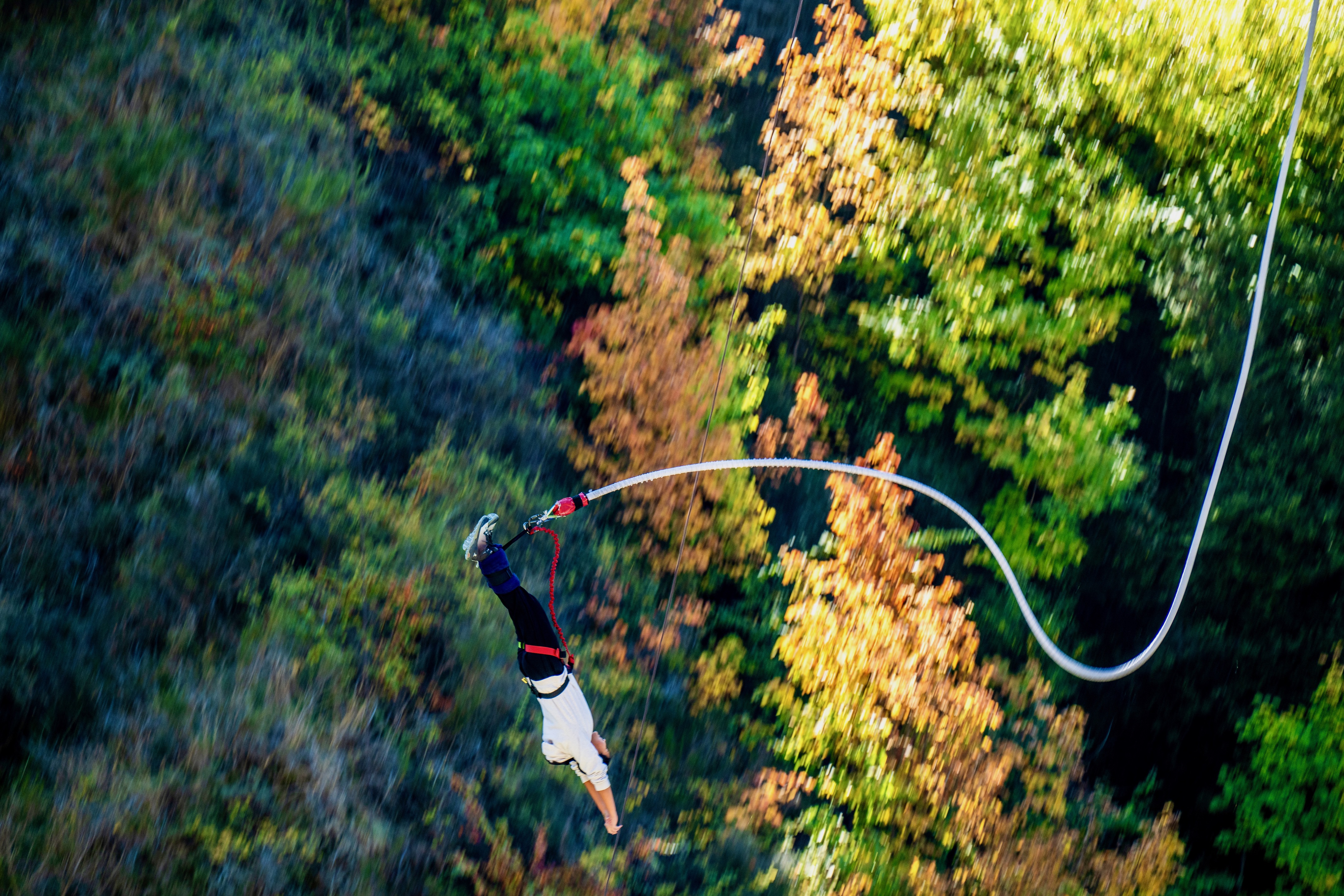
On the other hand, I got some stunning results when capturing surfers at a wave park in Sydney with a pre-production model of the R5 II, and all I had to do was point and shoot, quite literally! The camera did all the hard work for me.
So what made Canon's newest camera outperform my shiny new Nikon? I think it's the new AI-driven features that have been added to the EOS R5 Mark II and the Canon EOS R1 flagships, a couple of which I wish I could now get on my Nikon.
These features, cumulatively, make capturing images in a fast-paced environment ridiculously easy. So easy, in fact, that it makes me wonder – do we, as photographers, no longer need our own skills to capture that perfect shot? But that's a debate for another time... right now I'm trying really hard to not regret jumping onto the Nikon bandwagon.
Get daily insight, inspiration and deals in your inbox
Sign up for breaking news, reviews, opinion, top tech deals, and more.
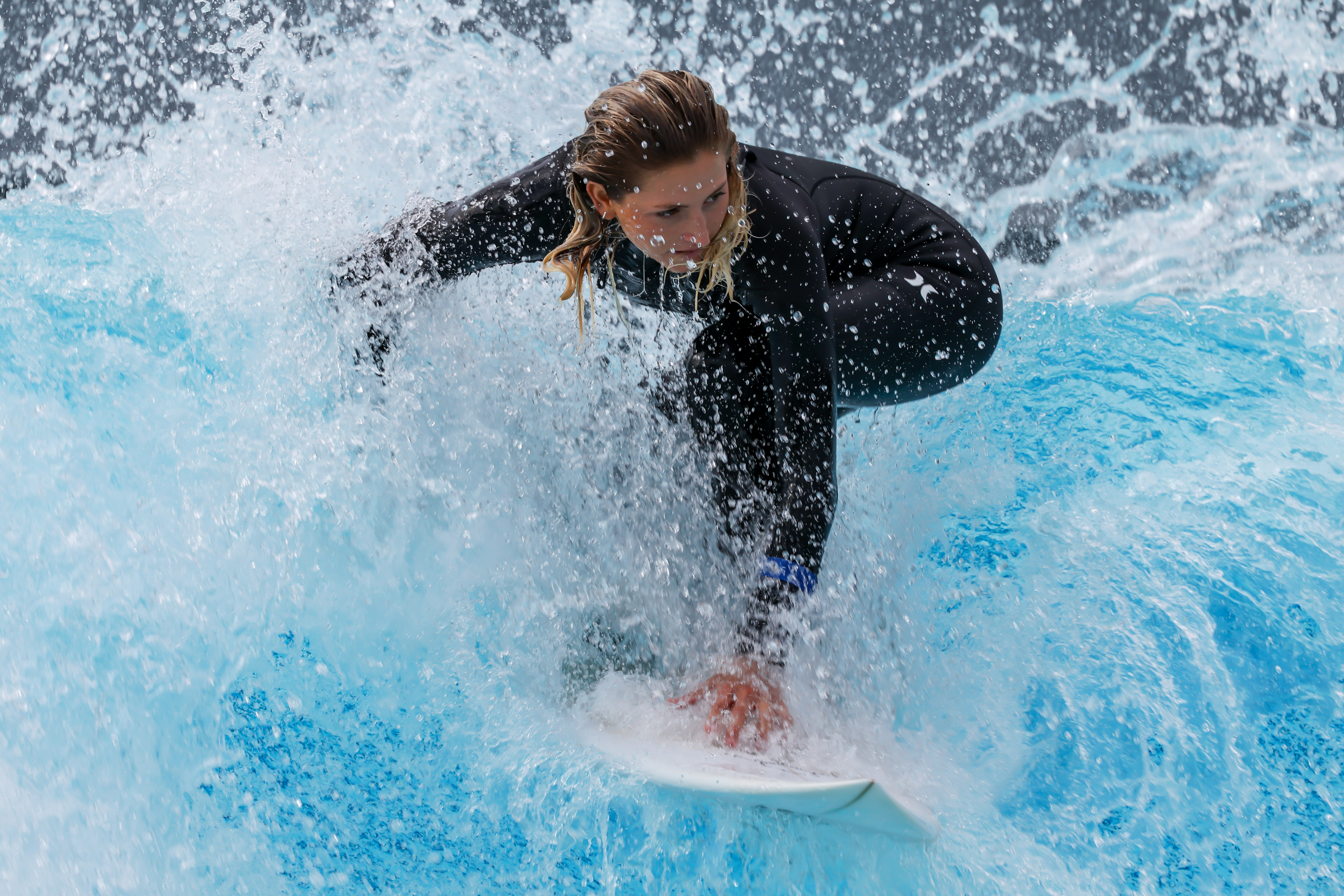
Where the priorities lie
Cameras like the Nikon Z8 and the Canon EOS R5 Mark II were made for speed and precision, so I have to start with the obvious here – subject tracking.
Don't get me wrong, the Z8's autofocus and subject tracking prowess is par excellence. I've been able to capture some great shots with it, but I struggle a little with its 3D Tracking feature. This picks up multiple subjects within a frame and sticks with them, but it has been a little hit-and-miss for me.
To be fair, I haven't had the Z8 for long, so I'm still learning what it can and can't do, but then less than an hour with a pre-production model of the Canon EOS R5 Mark II was enough to convince me that I might have jumped the gun on updating my gear.
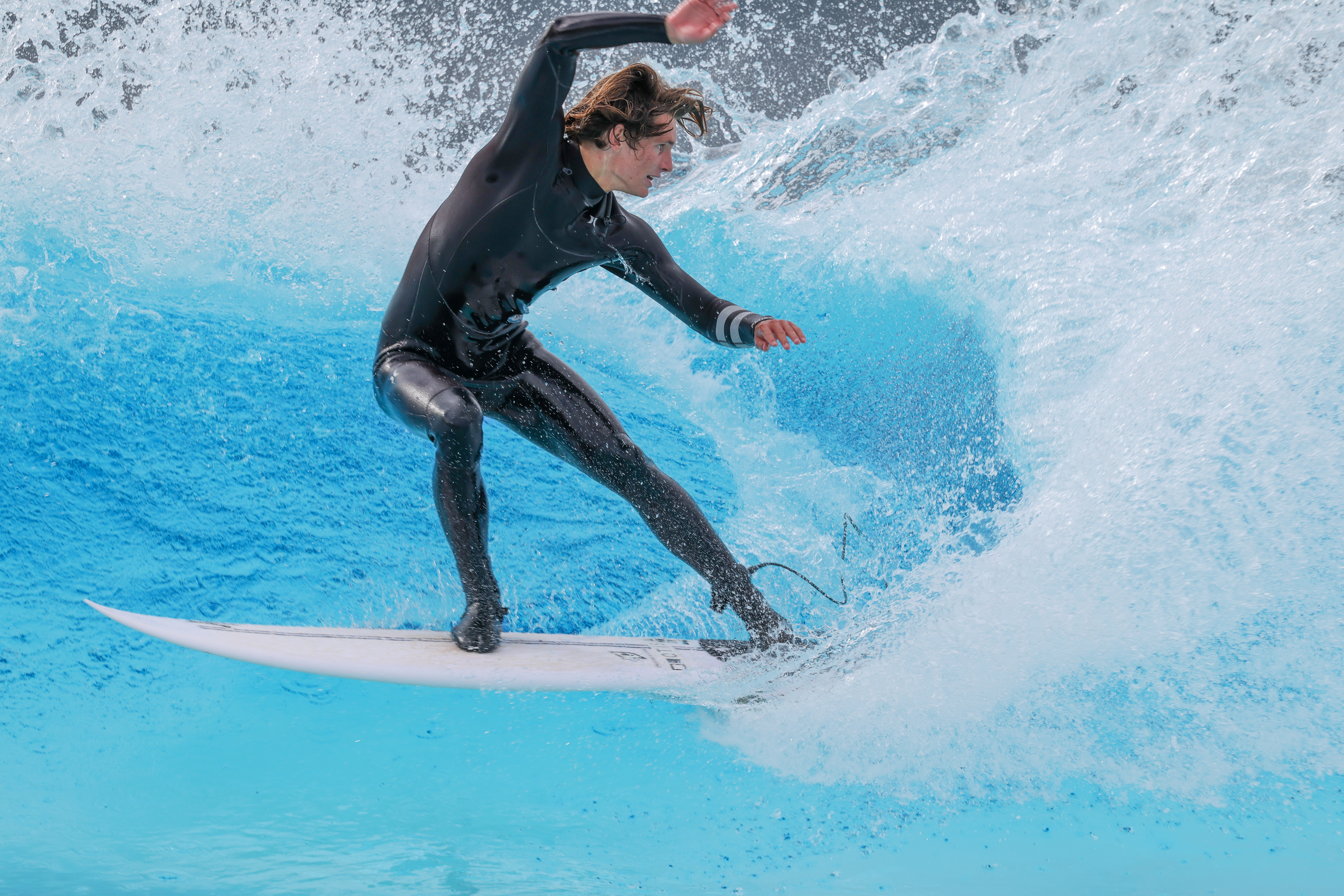

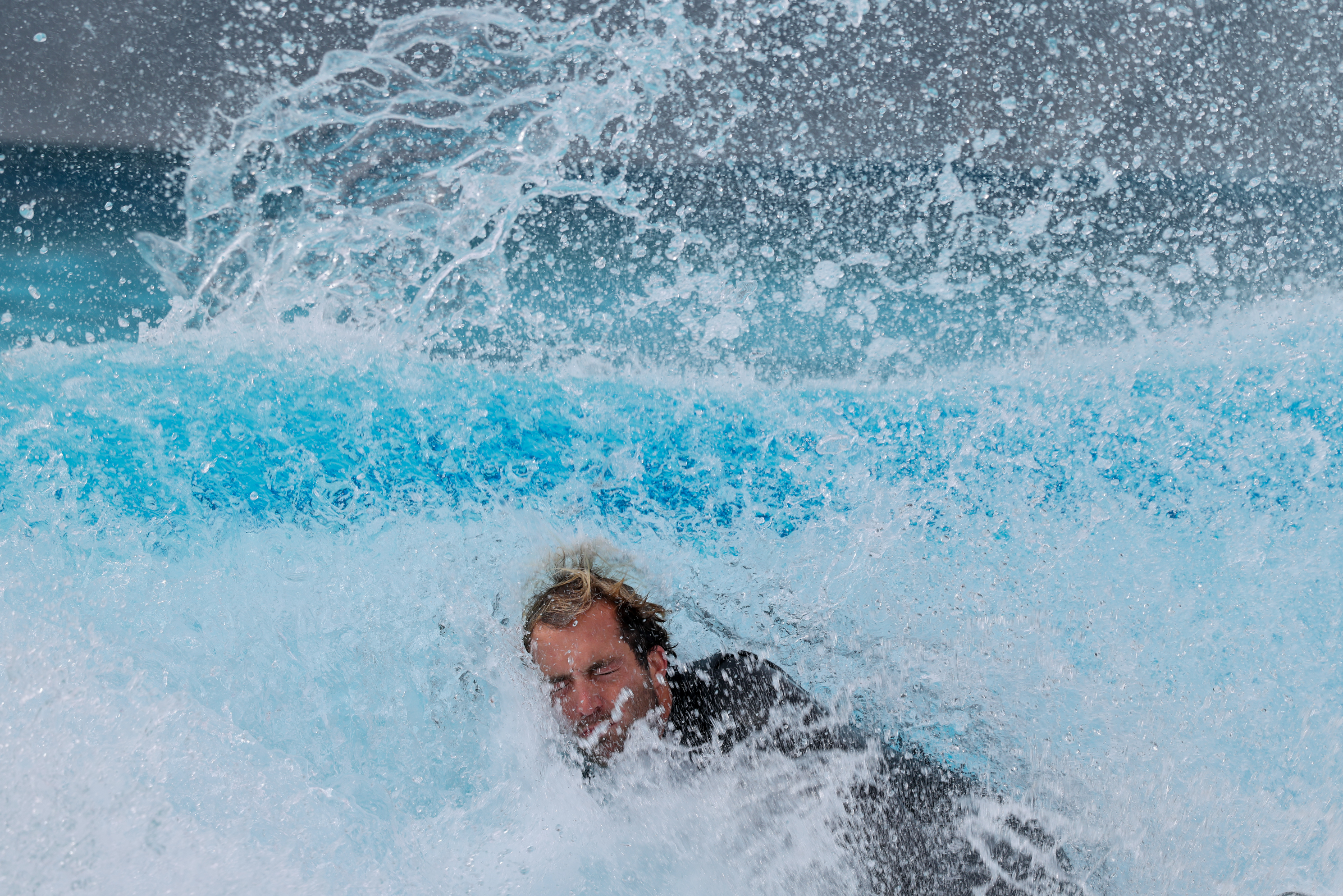

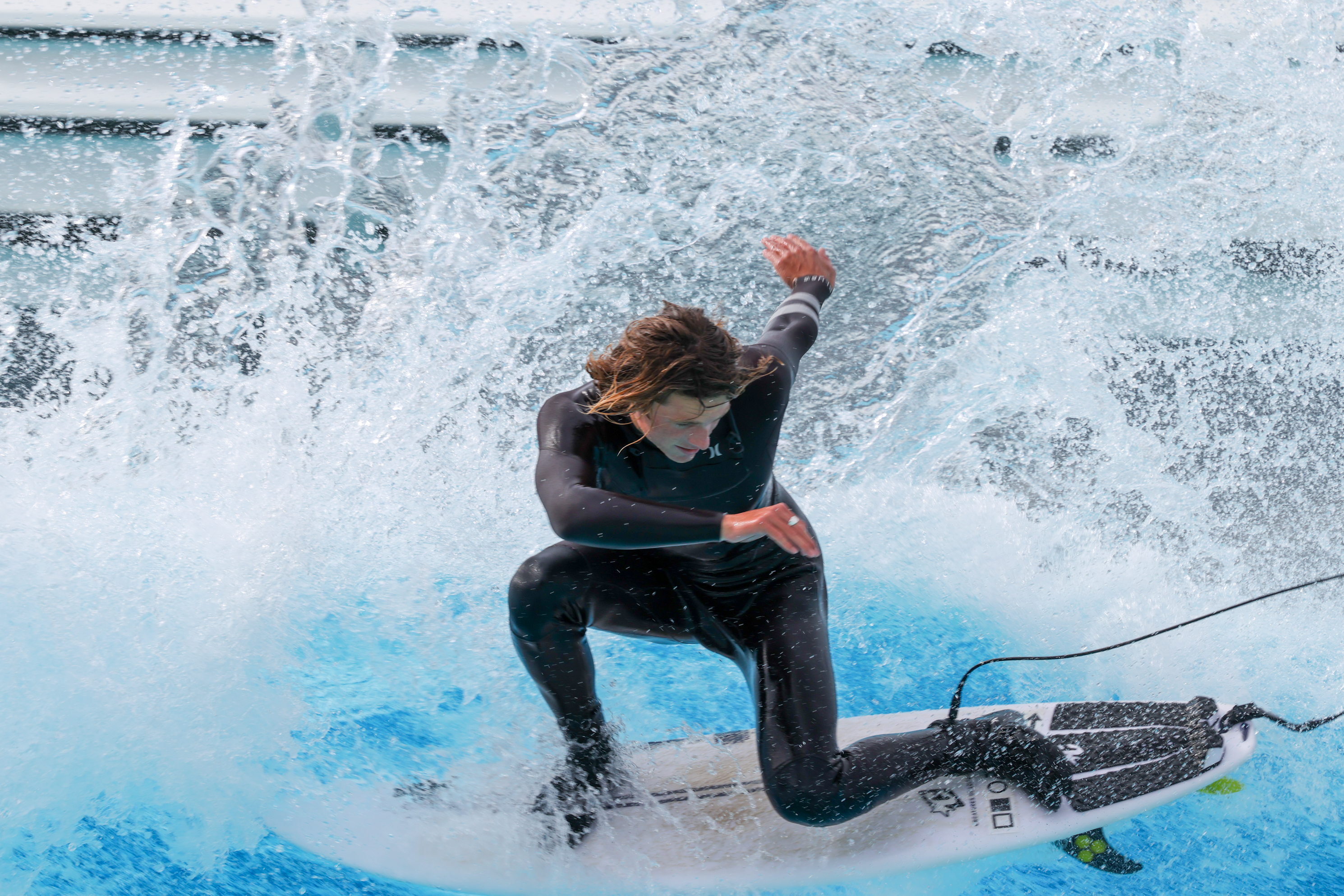
Canon's new People Priority and Action Priority modes are, arguably, the best subject tracking features I've tried on any camera from any brand. With the former, you can set up to 10 people as your subjects – with priority given from 1 down to 10 – and the camera will know what to do when you have them all in the frame – handy for team sports or weddings.
While I haven't tried it with that many subjects in a frame, it worked well with three people. On the other hand, my Z8 can track up to 9 subjects at the same time but I haven't quite been able to get the perfect result with it yet.
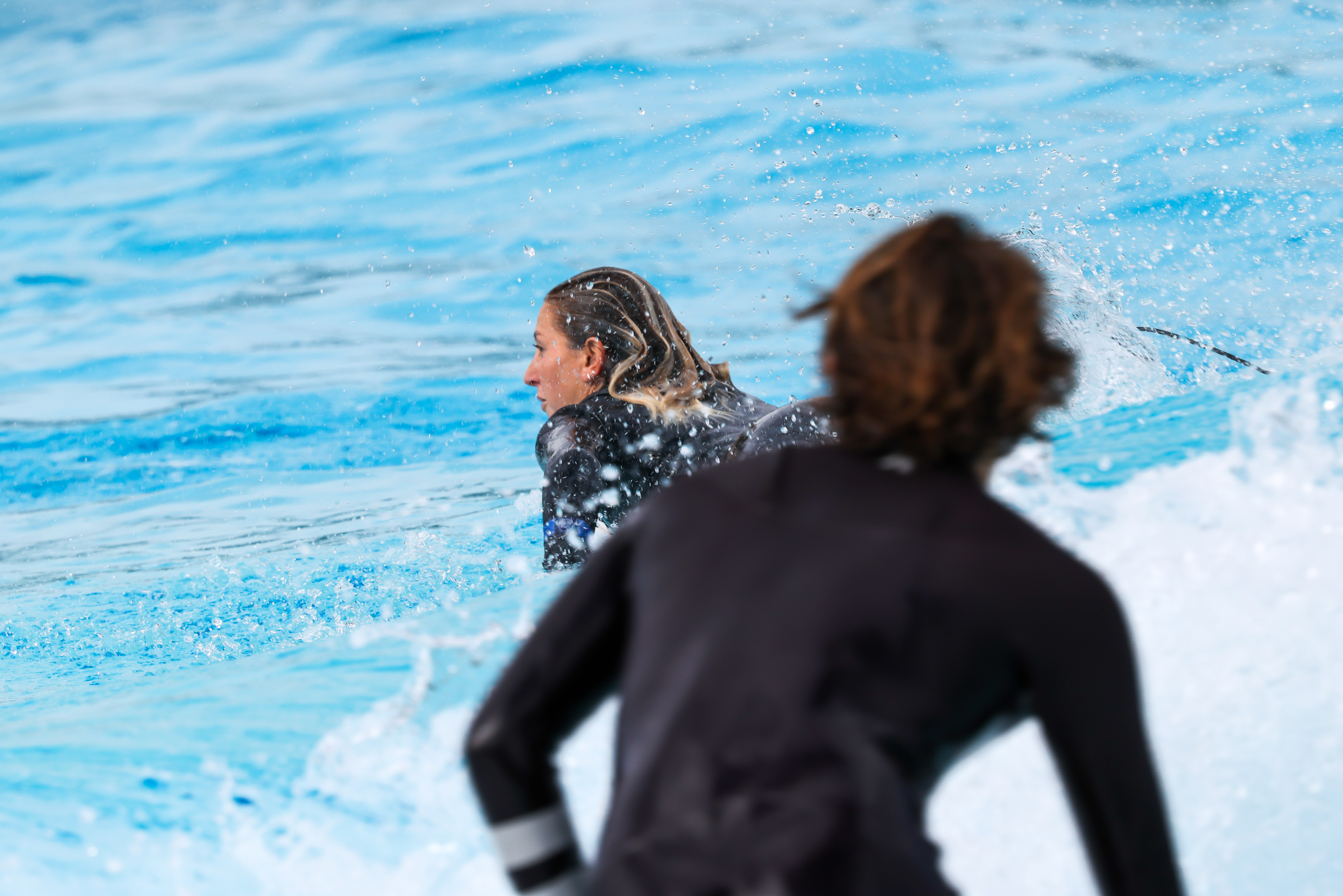
Action Priority is where the camera's algorithms can recognize a specific sporting action just as it's happening and instantly switch focus to that subject. At launch, there are only three team sports that Canon has set up for this feature, but I'm sure that will be expanded gradually with future firmware updates.
I wasn't able to try this out as there weren't any team sports to capture at the time I tested the R5 II, but I saw it at a demonstration and, considering how well People Priority worked, I'm sure it will do all it says on the tin. I'm hoping to be given the opportunity to test this feature further soon.
Get more, do less
Another feature that I'm in awe of is ability to upscale shots. Now, upscaling isn't new, you can do it during post processing using third-party software like Topaz, but Canon has figured out a way to harness the power of AI to do it in-camera and by a whopping 400%!
The upscale feature uses everything already recorded from the captured image – like what lens you've used and its inherent aberrations, the image's EXIF data, as well as minutiae like bit depth – then extrapolates it all to create 180MP stills from the 45MP original on the EOS R5 Mark II (or 96MP on the EOS R1). And, as you can see from my colleague's test images below, the results are surprisingly good.
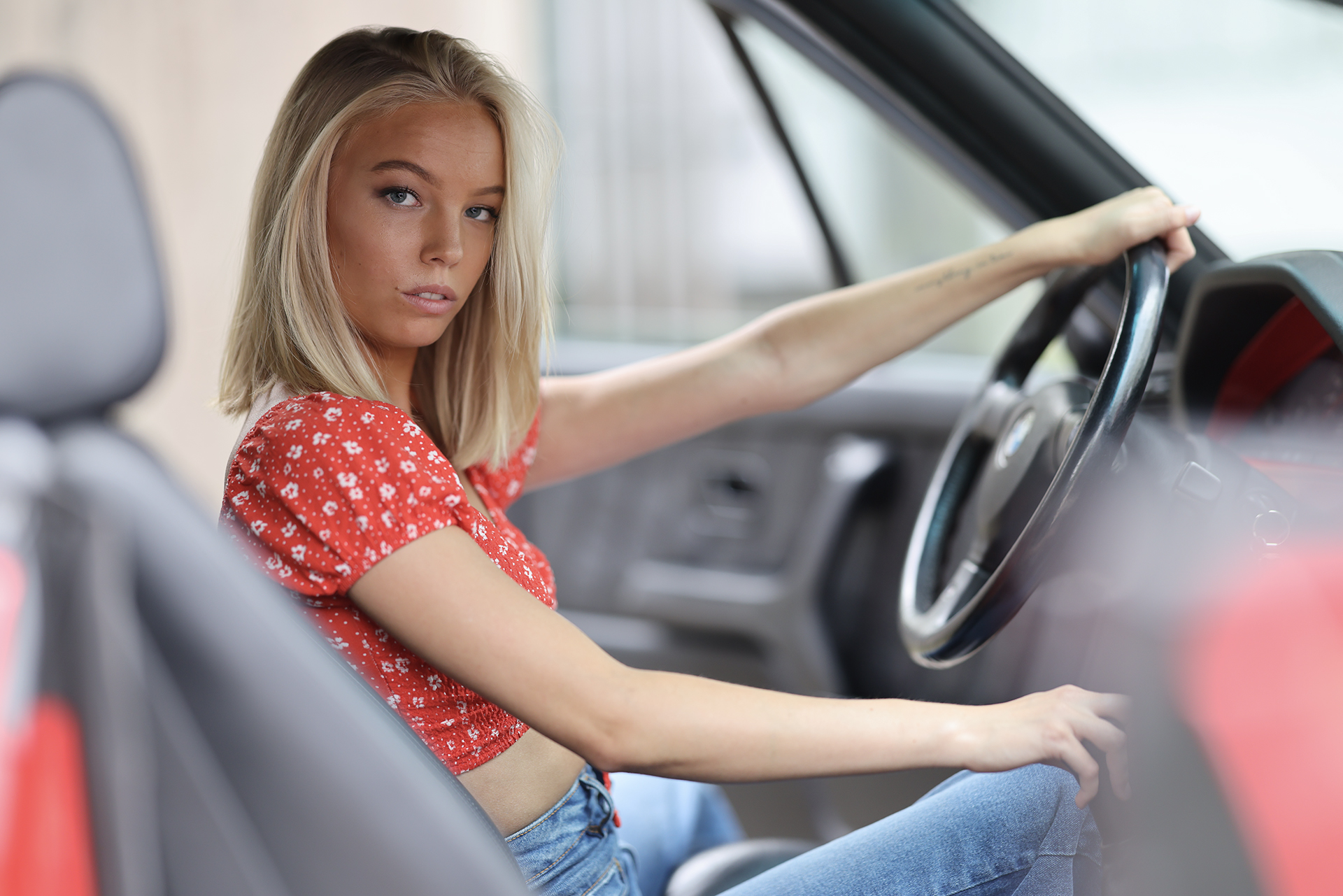


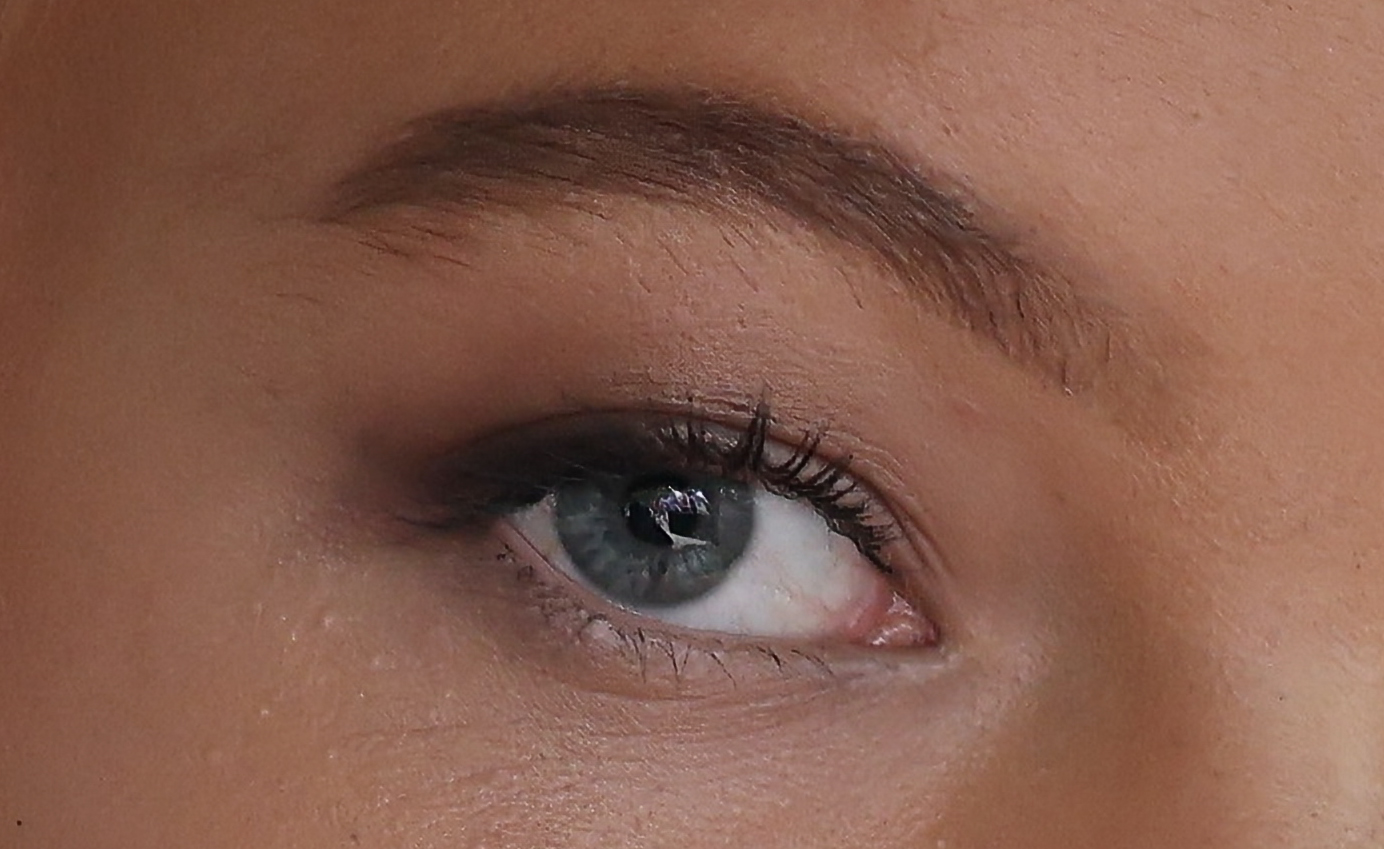
This helps cut down time you spend editing in post production, speeding up your entire workflow – and as any professional photographer knows, time is money. It's also a really handy feature for anyone shooting out in the field and sending images back to the newsroom or studio in real time.
All you have to do is select the image you want to upscale, choose if you want to save it as a new file and hit OK. In reality it's probably not that easy to do as going through thousands of images one at a time to select and upscale would be a right chore, but it's still something. Another caveat is that this feature only works for JPEGs and HEIFs, not RAW files... at least not yet.
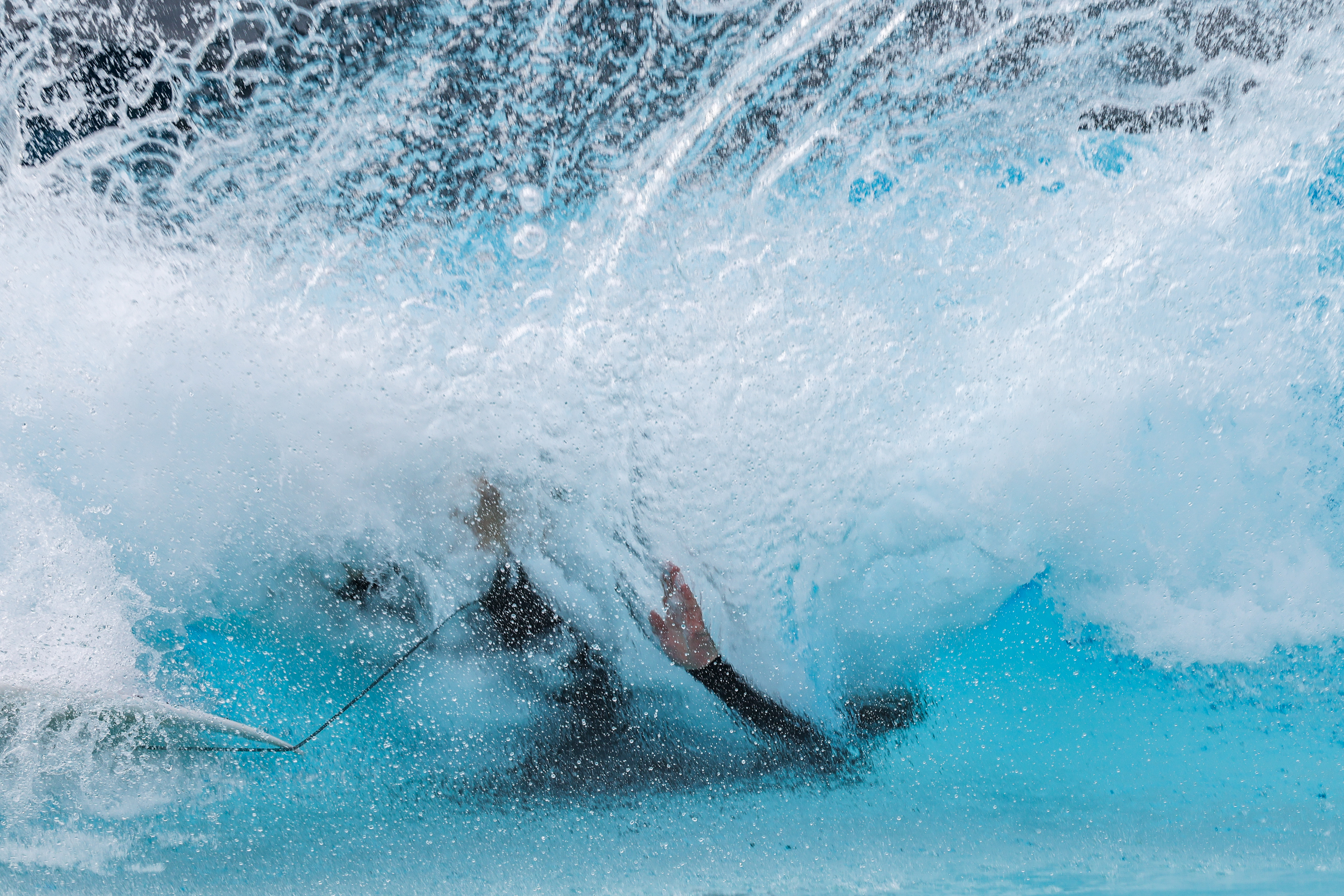
Shh, less noise please
Personally, I can do without the upscaling feature on my Z8, but Canon's new 2-stop Noise Reduction is giving me a mild case of FOMO. I wasn't able to try this during my short time with the R5 II, but it sounds really nice as I have, on occasion, been known to push the limits of my camera's ISO performance.
Shooting at high ISO settings means more noise and having the ability to reduce even a little bit of that in-camera will be a game changer for photographers like me. I'm not expecting miracles to happen with the results, but I'll take what I can get if it means a little less time spent cleaning things up during the editing process later.
Coloring in
When I made the switch to Nikon, I knew I'd miss Canon's color science but, at the time, I thought it wouldn't bother me as much. Sadly just a brief time with the R5 II has made me miss it all the more now. So while this isn't a new feature, it's my personal preferences that are adding to my mild buyer's regret.
Despite Nikon's Portrait Impression Balance, I find the colors just a touch too warm for my liking and editing during post-production doesn't quite help. For me, Canon nails the reality a little better.

In the comparison pictured above, I'm leaning towards the portrait taken on a pre-production model of the EOS R5 Mark II (right) in terms of overall color rather than the warmth from the Nikon (left). Both are straight-out-of-camera JPEGs and admittedly shot in different conditions at different settings, but I still can't help think it will be a while yet before I get used to what I've taken to referring as the 'Nikon look'.
OK, so I'm nitpicking with the color, but the rest? Did I jump the gun by defecting to Nikon too early?
I mean, I love the Z8 – I haven't used it as much as I would have liked in the 4.5 months I've had it, but it served me really well on a recent trip to New Zealand. I still have a long way to go to learn the full ins and outs of my new camera and I know it'll be able to handle anything I can possibly throw at it... yet now I can't help feel like I should have waited a wee bit longer before emptying my savings on an upgrade.
You might also like...

While she's happiest with a camera in her hand, Sharmishta's main priority is being TechRadar's APAC Managing Editor, looking after the day-to-day functioning of the Australian, New Zealand and Singapore editions of the site, steering everything from news and reviews to ecommerce content like deals and coupon codes. While she loves reviewing cameras and lenses when she can, she's also an avid reader and has become quite the expert on ereaders and E Ink writing tablets, having appeared on Singaporean radio to talk about these underrated devices. Other than her duties at TechRadar, she's also the Managing Editor of the Australian edition of Digital Camera World, and writes for Tom's Guide and T3.